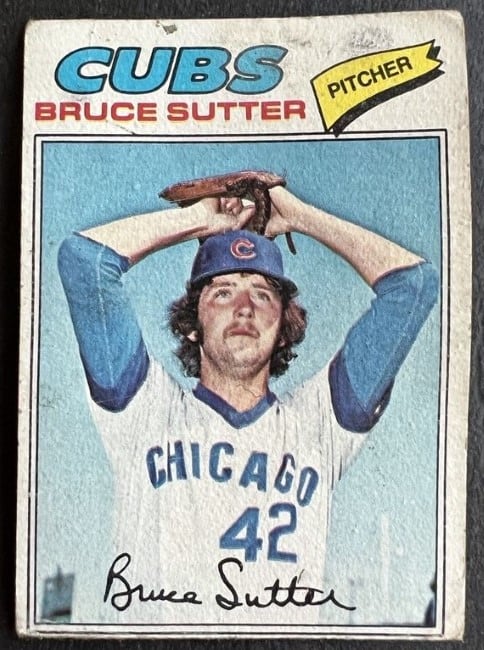Baseball cards hold tremendous personal and financial value to millions of collectors. In order to maintain these investments, special measures must be taken to protect baseball cards from environmental factors, with humidity and temperature playing a particularly crucial role in their preservation. This article delves into the scientific intricacies of how these elements influence baseball cards, exploring the underlying mechanisms, potential damage, and effective storage solutions.
Humidity and its Effects on Baseball Cards

Humidity refers to the amount of water vapor present in the air, expressed as a percentage of the air’s maximum capacity to hold moisture at a specific temperature. While moderate humidity levels (30-50%) pose minimal threat, excessive humidity (above 60%) becomes a significant concern for baseball cards.
Here’s how high humidity wreaks havoc:
- Cardstock Expansion and Warping: The hygroscopic nature of cardstock, particularly older varieties, makes it absorb moisture from the surrounding air. This expansion can cause warping, curling, and even delamination of layered cards.
- Adhesive Failure: Humidity weakens the adhesive used in card construction, potentially leading to the separation of layers, including autographs and memorabilia affixed to the card.
- Mold and Mildew Growth: A humid environment creates a breeding ground for mold and mildew. These organisms feed on the organic components of the cardstock, causing discoloration, surface degradation, and permanent damage.
Temperature and Its Effects on Baseball Cards
While humidity undoubtedly plays a more prominent role, temperature also has an impact on baseball cards. Higher temperatures, in conjunction with high humidity, exacerbate the aforementioned issues. The increased kinetic energy of moisture molecules at elevated temperatures accelerates their interaction with the cardstock, intensifying the expansion and adhesive weakening effects.
However, extreme cold (below freezing) can also be detrimental. While it inhibits mold growth, it can cause the cardstock to become brittle and susceptible to cracking or tearing.
Vulnerabilities By Card Materials

The susceptibility of baseball cards to humidity and temperature variations can differ based on the materials used in their construction:
- Vintage Cards (Pre-1980s): Composed primarily of paper pulp, these cards are highly hygroscopic and more prone to warping and expansion in humid environments.
- Modern Cards (Post-1980s): Often incorporate various synthetic materials alongside paper pulp, offering improved resistance to warping and moisture absorption. However, certain modern card types, like those with foil accents or autographs, might still exhibit higher sensitivity.
- Chrome Cards: Introduced in the late 1980s, these cards feature a glossy, metallic finish due to a thin layer of plastic laminate. While offering enhanced visual appeal, the laminate can trap moisture between the layers, potentially leading to delamination and warping in humid conditions.
Storage Solutions to Combat Humidity and Temperature
Understanding the detrimental effects of these environmental factors empowers collectors to implement effective baseball card storage solutions:
Climate-Controlled Storage

Collectors storing cards in unconditioned basements or attics often encounter problems with mold growth, leading to permanent damage and potential health risks. Cold temperatures, such as basements or barns, can also harm baseball cards.
Maintaining a consistent temperature (ideally around 70°F) and relative humidity (between 30-50%) is paramount. Consider investing in climate-controlled storage units or dehumidifiers to regulate these factors within your collection space.
Archival-Quality Materials
Utilize acid-free storage boxes, protective sleeves, and toploaders specifically designed for card preservation. These materials are not only chemically inert but also offer physical protection from external damage.
For particularly valuable or sensitive cards, consider using Mylar team set bags too, which provide an additional layer of moisture protection.
Conclusion
Baseball cards, cherished by collectors for their historical and sentimental value, require meticulous care to maintain their condition. Recognizing the detrimental effects of humidity and temperature, coupled with implementing appropriate storage solutions, is crucial for safeguarding these treasured possessions. By understanding the underlying scientific principles and taking proactive measures, collectors can ensure their cards remain in pristine condition for generations to come.
